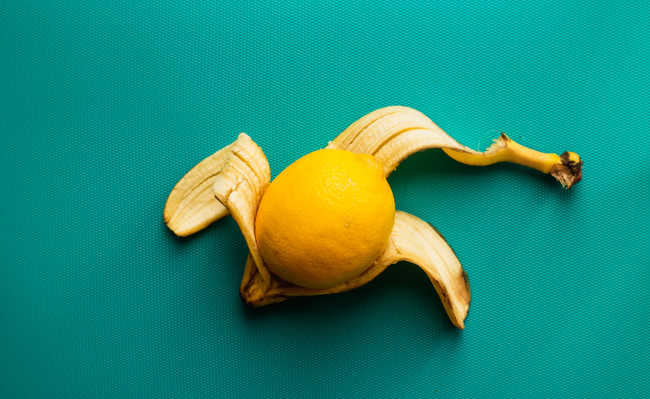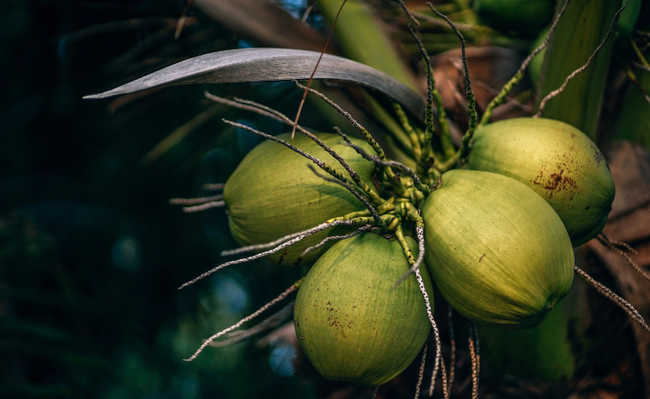Save a dying plant
Check out some simple tips on how to recover a dried plant and prevent its death

SeaReeds image by Pixabay
Having plants at home is a great "excuse" to take a break from the rush of everyday life. Furthermore, tests confirm that they absorb pollutants from the environment (many of them present due to household cleaning products) and, of course, beautify your home. To start your garden, you don't need much: just a vase, a little soil and some seeds. For those new to growing plants or after returning from a trip, it is common to find the plants dry and looking bad.
Plants, like humans, have bad times, so don't despair. Sometimes it is possible to identify the cause - when the leaves are withered or dry, the problem must be lack of water. It turns out that it is not always easy to check precisely what the problem is. Some possibilities are: excess or lack of sun, dry climate or poor soil nutrients. To improve soil quality, you can use compost from a composter and you don't know what to do, try these quick tricks that can save your dry plants.
It can take up to three months for you to start noticing an improvement in the health of a plant that is dry, so be patient and believe in your efforts. Here are some tips on how to save a dying plant:
trim the dead leaves
With pruning scissors, carefully trim all dead leaves from your plant. If you don't have the specific scissors, use regular scissors, without tip, or pliers. Watch out for the sprouts. Even though they look strange, they have great growth potential.
Trim dead branches and stems
When cutting the branches, start at the top and trim a small amount at a time. For each piece of branch cut, check the color of the center of the stem. Sometimes the stem looks dead, but you'll find the greenish color in the center of it as the cut gets closer to the roots. When this happens, stop cutting. After a while, new branches start to grow over the old ones.
change your pot plant
Often, when planting a seed, we use small pots. But if the plant grows a lot, it is also necessary to increase the size of the pot so that there is more room for the organism to develop. It is possible to know the time when replanting is necessary by paying attention to the roots. When they start to get visible and "come out" of the vase (like hairs), change the container for a larger one that has holes in the bottom to help with drainage. Research your species first and see if there are any special requirements in this process - and remember that you may need to add more land.
Check your home's humidity levels
Most species like a humid environment, after all they live in forests and woods (with the exception of cacti or succulents). If you notice that the soil your plant is placed in is continually dry, even though you water it daily, it means that your home's humidity levels may be too low. To solve this problem, spray water on the leaves of the plants, use an air humidifier or put many plants with the same water needs together - this makes the environment they are in more humid.
control sunlight
If your plant has burnt, yellowish leaves (signs of too much sun exposure) or little or no flowering (signs of little sun), you should change the amount of light it receives on a daily basis. Try placing it near different windows if the current location isn't making your plant happy. Pay attention if you live in an area with a lot of sunlight.
add nutrients
Like people, plants also need nutrients to stay healthy. Some of them are present in tea bags (see how to reuse them), which can be placed in the ground, along with the dried tea leaves, which are also fertilisers. Coffee grounds are also very efficient for the nutrition of your plants, as long as they are mixed with soil and other natural fertilizers. The product from domestic compost is excellent! Just sprinkle it on the plant soil. If the pot is small, remove some soil and add compost.
Watch the video on how to increase air humidity for plants.










